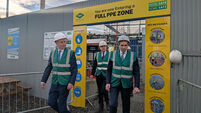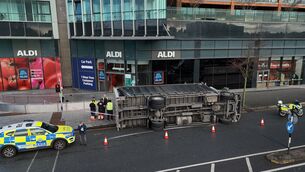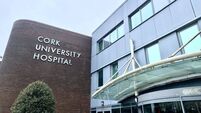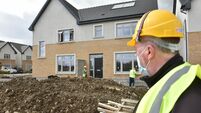Coolock riots: Drew Harris hadn't seen footage until RTÉ documentary
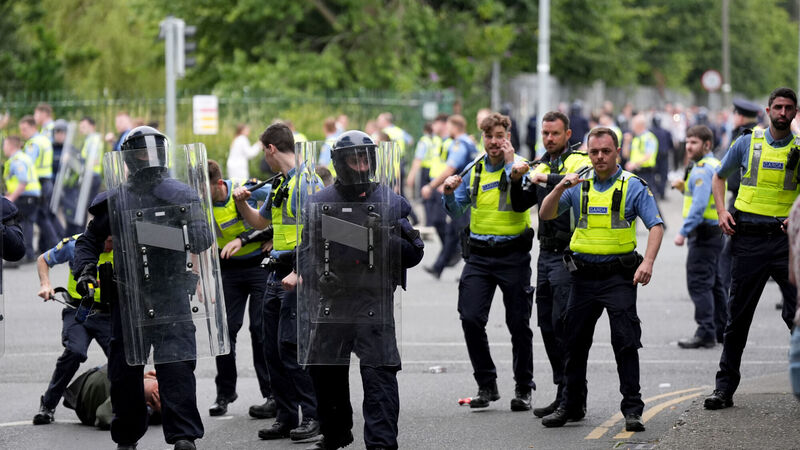
Gardaí detain protesters after a number of fires were started at the former site of the Crown Paints factory in Coolock, north Dublin. Picture: Niall Carson/PA Wire
Garda Commissioner Drew Harris has said Thursday night was the first time he saw footage of the far-right riots in Coolock which was broadcast on television.
The commissioner said this was despite putting appeals out in July for footage and making approaches to those responsible for the security of those premises.
"We had no knowledge of the body-worn footage, which obviously, as one can see, as anyone can see, contains very graphic imagery of alleged offences [...] and disgraceful behaviour and probably criminal behaviour that we want to investigate," he said.
“It does not help us that eight weeks later we are finding so much evidence that we haven't had sight of before.”
Gardaí said in order to get the footage, it had to seek and be granted a court order.
“RTÉ has been made aware of the court order and has given an undertaking to An Garda Síochána that it will provide the footage to the investigation team today [Friday].
“An Garda Síochána will then examine the footage for evidential purposes.
“It is a matter for other parties to comment on the reasons why this footage was not provided to Gardaí in the eight weeks since this high profile incident, particularly since workers may have been victims of crime.”
RTÉ said that footage broadcast last night and filmed inside the former Crown Paint factory was recorded on RTÉ Cameras.
"The undertaking with An Garda Síochána is to provide the footage next week, once RTÉ has fulfilled its journalistic obligations to protect sources," it said in a statement.
Mr Harris said there is a "full investigative effort ongoing" into riots in July.
"Hopefully last night's footage will add to that,” he said.
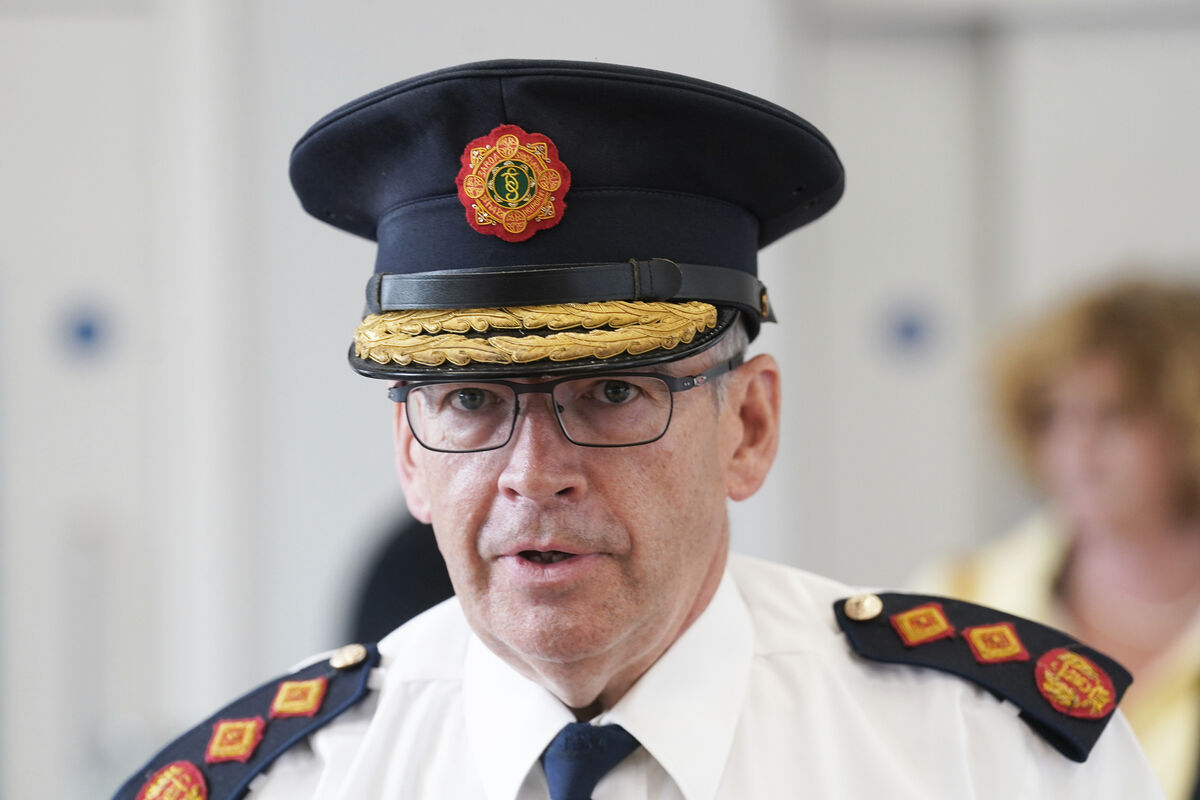
"Last night's programme was the first time that I saw that footage.”
Evidence from footage taken at the riots could be used in future criminal prosecutions, he said.
He described the footage filmed over six months as “disturbing”.
“One can see the vitriol, the hatred, the abuse, and also then the physical abuse directed towards members.
“We are here to protect everyone, to keep the peace, but the scenes that we are seeing are disgraceful and have to be condemned.
"This hatred is taking us nowhere and it's just terrible to see.”
Mr Harris also admitted a decision to stand down the public order unit at the Coolock riots in July was wrong in hindsight.
He said there are lessons to be learned from the riots on July 15 but insisted that gardaí had pursued a “positive ongoing response in terms of de-escalation", maintained community relations, and brought offenders to justice with some 34 people arrested and 26 before the courts.

On July 15, hundreds of anti-immigration and far-right agitators clashed with gardaí in Coolock, north Dublin, and a former factory which was earmarked for refugee accommodation there was set on fire.
“The public order unit was on duty. It was stood down at 7am. In hindsight, that was not the right decision,” Mr Harris said.
“We have accepted that and that's already been covered with the policing authority.”
But he insisted that when calls for assistance did go out, gardaí responded to them.
“Gardaí from across the city did respond and acted with great professionalism in keeping the situation calm until public order units arrived as well,” Mr Harris said.




